

Today, after four, we walked to the hills behind the university library of Xalapa. Some time ago I was able to find some big field crickets there, and since I fed the male of the breeding pair to the tarantula, and the female died recently, I hoped to find like 6 females, and 4 males.
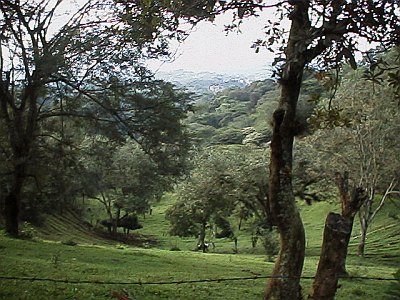
The breeding pair of crickets managed to deliver over a hundred little crickets, which are growing slowly. The small crickets are excellent food for the little scorpions I have. But I hope some grow to adulthood since one is sufficient food for an adult scorpion for quite some time.
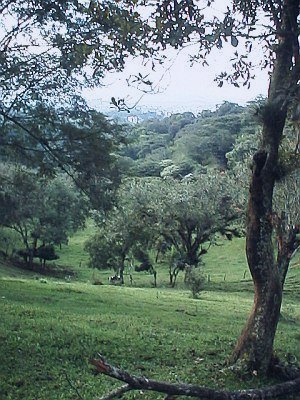
The weather was very nice, not too hot. Maybe also because it was late in the afternoon. But after walking up and down several hills we both got quite warm.
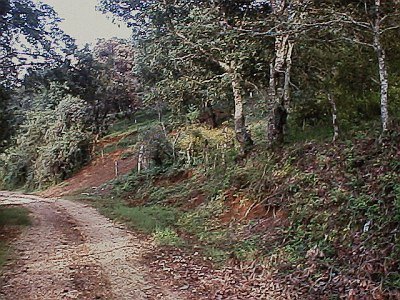
We both looked under stones and dead wood. Catching crickets is not easy. Sometimes when I lifted a stone, and I saw two of them, I tried to catch both, and ended up with none. The crickets, I guess they are field crickets, are excellent jumpers. Also around the stone or dead wood is a lot of vegetation; just a short run, and the crickets are gone from view and very hard to find back.
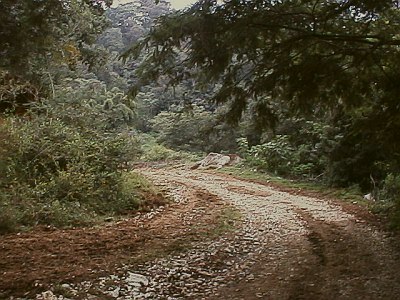
We followed a dirt road up and down the hills, looking to the sides of the road for stones, or dead wood. We brought with us a lot of small plastic cups to put the collected crickets in. We tried to catch them by putting a plastic cup over the animal, and moving a piece of paper underneath the cup. Or if the ground was not smooth enough for the paper trick to work, we tried to capture them with our hands.
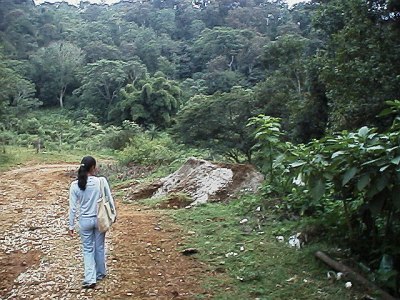
Esme saw a very nice big grasshopper. I tried to take pictures of the animal, but that was quite difficult, until I managed to get the grasshopper on my hand.
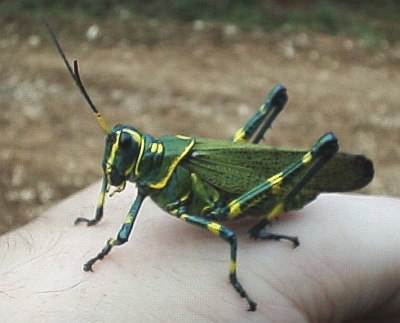
The wings of this grasshopper are a very nice color of red, and become visible when it jumps. Later we saw another grasshopper, but this time with blue wings.
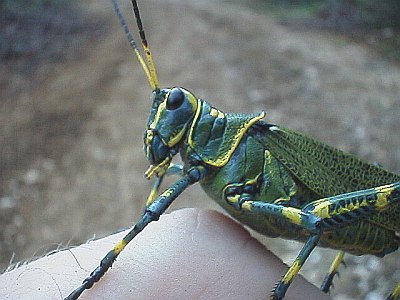
We managed to capture a few small crickets, but not the large ones I was hoping for. The light was waning, and this is the time that mosquitos are getting active. I forgot to take insect repellent with me, so we had to be constantly on the outlook for those small pests.
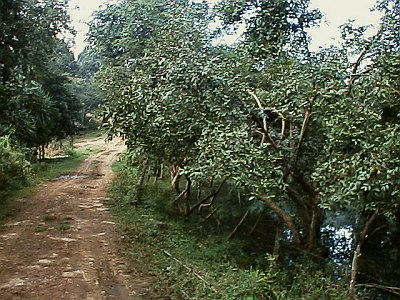
When we neared a meadow with a lot of water on it and guava trees growing on the edge, the mosquito problem got worse. So we walked a bit faster.
We walked a little bit more, and then decided to return, since it was getting late, and the mosquitos kept bothering us.

On the way back I managed to capture a few large crickets. Somehow we also ran out of lids, so we had to put some crickets together. Crickets can be cannibalistic, and putting two males together increases the probability, so I was careful not to do the latter.
The sex of adult crickets can easily be determined: the females have an ovipositor, a small tube at their end of their body that's used for laying eggs in the ground. There are people who think that insects having an ovipositor can sting with it, but that's not true.

When I arrived home I put three adult females, two adult males, and a young male together in what I call the cricket box.